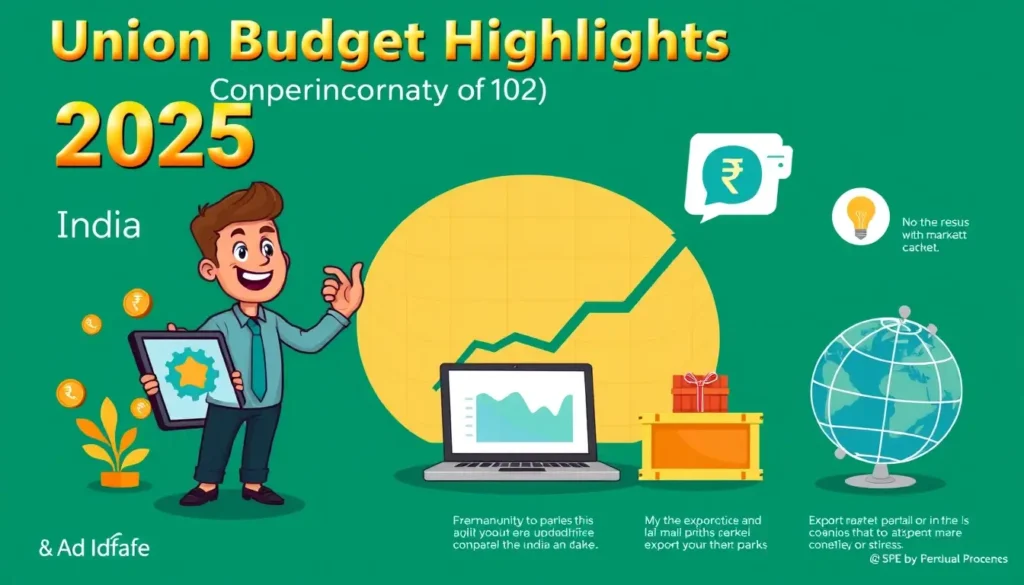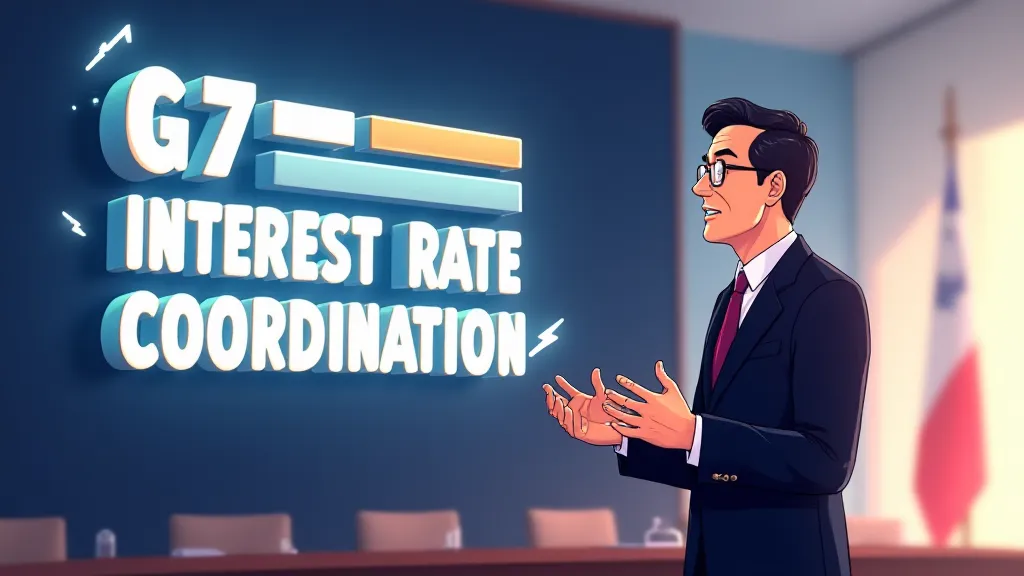
Hi friends! Ever wondered if the US dollar’s 80-year reign as global king currency might get dethroned? Today we’ll explore how the BRICS new reserve currency could shake up international finance. We’ll break down what this alliance plans, how it challenges dollar supremacy, and what it means for global trade. Whether you’re an investor, policy watcher, or just curious about economic power shifts, you’ll get clear insights into this potential game-changer. Let’s dive in!
The BRICS economic alliance Foundation for Change
Origins and Strategic Expansion
Originally coined as “BRIC” in 2001 by Goldman Sachs economist Jim O’Neill, this bloc of emerging economies (Brazil, Russia, India, China) formally institutionalized in 2009, adding South Africa in 2010 to become BRICS. The alliance has recently expanded significantly, welcoming Egypt, Ethiopia, Iran, Saudi Arabia, and UAE in 2024, creating an 11-nation coalition controlling over 37% of global GDP (IMF World Economic Outlook). This expansion isn’t just about numbers – it strategically connects resource-rich nations across Asia, Africa, Latin America, and the Middle East, creating complementary economic ecosystems that reduce dependency on Western markets.
Economic Powerhouse in the Making
With the recent expansion, BRICS+ represents 46% of the world’s population and contributes approximately $35 trillion to global GDP. Crucially, member nations dominate global commodity markets: Russia and Saudi Arabia control 25% of oil exports, Brazil and South Africa are mineral powerhouses, while China leads manufacturing output. This collective resource control enables tangible leverage when establishing a BRICS new reserve currency backed by real assets. The alliance also holds $4.7 trillion in combined foreign reserves (World Bank Data), providing substantial liquidity buffers for financial stability.
Motivations Driving Monetary Collaboration
Beyond economic metrics, shared grievances unite BRICS members. Repeated exposure to US dollar volatility and unilateral financial sanctions have created urgent incentives for alternatives. After Russia’s $300 billion reserves were frozen in 2022 following the Ukraine invasion (Reuters), other nations recognized similar vulnerabilities. China faces ongoing trade weaponization threats, while sanctioned Iran and Venezuela seek bypass mechanisms. This collective vulnerability explains why 68% of BRICS trade already uses local currencies (BRICS Payments Report 2025), laying groundwork for a formalized common framework.
Geopolitical Rebalancing Objectives
The currency initiative represents a fundamental challenge to Western-dominated financial architecture. BRICS nations contribute over 50% of global growth yet hold just 15% voting power at the IMF (Council on Foreign Relations). This disparity fuels demands for representation matching economic realities. As Brazilian President Lula stated at the 2023 Johannesburg Summit: “Why should trade between Brazil and China be settled in dollars? We’re creating freedom from imposed constraints.” The currency project symbolizes Southern assertion in global governance structures frozen since 1945.

Understanding the Global De-dollarization Wave
Historical Context of Dollar Dominance
The US dollar’s supremacy stems from the 1944 Bretton Woods Agreement, establishing it as the primary reserve currency backed by gold. Though the gold standard ended in 1971, the petrodollar system emerged – Saudi Arabia agreed to price oil exclusively in dollars in exchange for US military protection. Today, despite declining share, the dollar still constitutes 58% of global reserves and 88% of forex transactions (BIS Triennial Survey). However, recent weaponization of dollar access via sanctions against Russia, Iran, and Venezuela has accelerated alternatives development among non-aligned nations.
Accelerating Dedollarization Momentum
De-dollarization efforts have gained unprecedented momentum since 2022. Central bank dollar reserves have fallen to 58% from 71% in 2000 (IMF COFER). Bilateral currency swaps between China and 40+ nations now exceed $500 billion (PBOC Reports). India now pays Russia for oil in rupees and dirhams, bypassing dollars entirely. Even European allies like France recently completed its first LNG purchase in yuan (Le Monde). Crucially, gold purchases by central banks hit 55-year highs in 2023, with BRICS members leading acquisitions – signaling preparation for commodity-backed currency alternatives.
Strategic Drivers Beyond Politics
While geopolitics drives headlines, economic fundamentals also push dedollarization. Emerging markets suffer when the Federal Reserve hikes interest rates, causing capital flight and currency crashes – as witnessed during 2013’s “Taper Tantrum” and 2022’s aggressive hikes. Countries also lose billions annually through dollar conversion costs and exchange risks. For commodity exporters, dollar-priced resources create revenue volatility when the dollar fluctuates. A BRICS financial system using local currencies could save members an estimated $17 billion annually in transaction costs (BRICS Business Council Study).
Implementation Challenges and Limitations
Despite accelerating efforts, dedollarization faces structural hurdles. The dollar’s deep, liquid markets remain unmatched – US Treasuries trading averages $700 billion daily versus minimal secondary markets for alternatives. Global commodities from oil to metals are still predominantly dollar-priced. Additionally, many nations hold dollars as “insurance” during crises, as demonstrated during COVID-19 when dollar demand surged. Full dedollarization remains unlikely, but partial erosion through regional alternatives like the BRICS new reserve currency appears increasingly viable, particularly for South-South trade corridors.
Anatomy of the Proposed BRICS currency impact on USD
Technical Structure and Basket Composition
The proposed currency isn’t a physical note like the euro, but a digital settlement unit initially functioning like the IMF’s Special Drawing Rights (SDR). According to leaked BRICS working papers, it would be a weighted basket comprising member currencies: Chinese yuan (34%), Indian rupee (22%), Russian ruble (16%), Brazilian real (14%), South African rand (8%), and new members’ currencies (6%). Gold would back approximately 20% of issued units, creating partial commodity anchoring. The currency would trade under the temporary code “BRX” on forex markets, with initial issuance targeting $200 billion equivalent for trade settlement.
Multilateral Clearing Infrastructure
Critical to the system is the BRICS Payments Network (BPN), an alternative to SWIFT designed for member transactions. Currently in pilot phase, BPN processed $87 billion in bilateral trade during 2024 without dollar intermediation (BRICS Finance Ministers Report). The system uses distributed ledger technology for real-time settlements, reducing transaction times from days to minutes. Russia’s SPFS and China’s CIPS systems are being integrated, creating a sanctions-resistant messaging backbone. Significantly, Saudi Arabia’s inclusion brings the Petrochemicals Settlement Module – enabling oil transactions outside petrodollar arrangements.

Governance Framework Complexities
The most contentious issue remains governance. China advocates weighted voting based on GDP contribution and reserves, which would give it 42% control. India and Brazil counter with equal voting rights among founding members. The compromise being negotiated involves a dual-structure: routine decisions by simple majority, but monetary policy changes requiring 75% supermajority. Dispute resolution mechanisms also prove challenging – while China favors the New Development Bank (NDB) as arbiter, smaller members advocate for independent tribunals. These governance debates highlight fundamental tensions between efficiency and sovereignty in the alternative reserve currency project.
Phased Implementation Strategy
Implementation follows cautious, multi-phase sequencing. Phase 1 (2024-2026) focuses on expanding local currency settlements through existing bilateral agreements. Phase 2 (2026-2028) introduces the basket unit for inter-bank settlements and government transactions. Phase 3 (2029+) targets full capital account convertibility and reserve status. The gradual approach acknowledges technical complexities: harmonizing capital controls, creating liquid bond markets, and establishing credible monetary policies. As Russian Finance Minister Siluanov noted: “This isn’t copying the eurozone’s overnight switch. We’re building parallel rails, not burning existing bridges.”
Assessing the USD hegemony challenge
Immediate Dollar Impact Scenarios
In the short term (3-5 years), the BRICS new reserve currency will likely complement rather than replace the dollar. Initial focus remains on intra-BRICS trade settlement – currently $500 billion annually projected to reach $1.2 trillion by 2030 (Standard Chartered Research). If successful, this could reduce dollar demand by 3-5% annually. More significantly, it establishes a precedent for non-dollar commodity pricing. When Saudi Arabia priced its first yuan-settled oil shipment to China in 2023, it triggered a 0.8% dollar dip within hours (Bloomberg Data). Such symbolic shifts gradually erode dollar primacy in psychological markets.
Commodity Markets Transformation
Energy and mineral markets represent the most immediate battleground. BRICS+ controls over 45% of global oil production and 60% of critical minerals. Russia already prices 80% of its energy exports in non-dollar currencies (Russian Central Bank). China’s yuan-based oil futures launched in 2018 now command 25% market share in Asian crude pricing. The BRICS currency could accelerate this shift – discussions are underway for a “commodity board” where members exchange resources using the common unit, bypassing dollar benchmarks like Brent crude. Such moves would fundamentally alter global commodity pricing mechanisms and petrodollar recycling.
Reserve Currency Diversification Trends
Central bank reserve managers are already rebalancing portfolios. Dollar reserves fell to 58% in 2024 from 71% in 2000, while non-traditional currencies (yuan, rupee) rose to 4.8% (IMF COFER). The BRICS currency could capture 5-7% of global reserves within a decade if successfully implemented. This matters because each 1% reserve shift represents approximately $120 billion in reduced dollar demand. Importantly, gold reserves among BRICS members increased 35% since 2022 (World Gold Council), suggesting preparation for partial gold-backing of the new unit – enhancing its credibility as a alternative reserve currency.
Financial Sanctions Evasion Potential
The most consequential impact involves reducing US financial coercion capabilities. With over 30 countries currently under comprehensive US sanctions controlling 25% of global GDP (Atlantic Council Data), demand for alternatives is structural. The BRICS payments network processed $38 billion in Russia-Iran trade during 2023 without triggering sanctions (Reuters). This demonstrates how the system could enable transactions among sanctioned states. However, limitations exist – the network currently handles under 5% of global payments versus SWIFT’s 90%. Still, its growth threatens the dollar’s “exorbitant privilege” as enforcement tool.
The alternative reserve currency Geopolitical Implications
Shifting Global Power Balances
A successful BRICS currency would accelerate multipolarity. Western institutions currently dominate global finance: the World Bank and IMF control 85% of multilateral lending, while G7 nations hold 40% voting shares. The BRICS New Development Bank has already financed $33 billion in infrastructure projects (NDB Annual Report), offering conditionality-free alternatives. A common currency could expand this lending capacity 5-fold by 2030. This challenges the “Washington Consensus” model, offering developing nations policy autonomy. As Ethiopian Prime Minister Abiy Ahmed noted upon joining: “We seek partners, not patrons.”
Developing Economy Opportunities
For Global South nations, the currency offers tangible benefits. Countries like Egypt and Argentina lose 4-7% of export value annually through dollar conversion costs and hedging (UNCTAD Report). Intra-BRICS trade in local currencies could save members $17 billion yearly. Moreover, reduced dollar dependency insulates against Fed policy spillovers – emerging markets suffered $65 billion capital outflows during 2022 US rate hikes (IIF Data). The currency could also enable fairer resource pricing: African mineral producers currently receive only 5-15% final product value within dollar pricing chains, but direct BRICS processing partnerships could triple returns.
Western Institutional Responses
Initial reactions range from dismissal to concern. Treasury Secretary Yellen acknowledged “monitoring developments” but emphasized dollar fundamentals remain “unmatched”. The EU however is accelerating euro internationalization, boosting its share in global payments to 38% (ECB Report). More strategically, the G7 is countering with infrastructure alternatives – the PGII initiative targets $600 billion for Global South development by 2027 (White House Factsheet). Meanwhile, financial institutions are hedging exposure: JPMorgan launched dedicated BRICS currency trading desks, while BlackRock created specialized bond indices anticipating BRICS vs US dollar asset competition.
Energy Trade Realignments
Petrodollar arrangements face unprecedented pressure. Saudi Arabia’s BRICS membership signals willingness to diversify from exclusive dollar oil pricing – already 18% of its China-bound oil uses yuan (SCMP). Russia now prices 90% of India-bound oil in rupees and dirhams. If BRICS establishes a commodity-trading board using its currency, it could capture 25-30% of global energy trade by 2035. This would reduce dollar recycling through US Treasuries – potentially raising borrowing costs. However, complete petrodollar abandonment remains unlikely given Saudi-US security ties and market liquidity dependencies.
Roadblocks in Establishing a BRICS financial system
Political Divergences Among Members
Internal conflicts threaten cohesion. China and India have unresolved border disputes causing economic retaliation cycles. Saudi-Iran tensions resurface despite recent détente. New members like Ethiopia and Egypt face debt distress requiring divergent monetary policies. Crucially, members have conflicting currency objectives: China seeks yuan internationalization, Russia prioritizes sanctions evasion, while India and Brazil want reduced dollar dependency without antagonizing the West. These competing agendas manifest in negotiation deadlocks – the 2024 summit failed to agree on currency weightings, delaying implementation by 18 months (BRICS Joint Communiqué).
Technical Implementation Hurdles
Creating a functional multi-national currency requires solving unprecedented technical challenges. Member currencies have vastly different convertibility levels – the yuan is partially convertible, while India maintains capital controls. Harmonizing these requires complex “convertibility corridors”. Payment system integration faces compatibility issues: Russia’s SPFS, China’s CIPS, and India’s UPI operate on different protocols. Macroeconomic policy coordination proves difficult with inflation ranging from China’s 0.7% to Iran’s 45% (Trading Economics). Without convergence criteria like the EU’s Maastricht Treaty, the BRICS financial system risks instability during economic shocks.
Market Confidence Building
Establishing credibility requires overcoming significant trust deficits. International investors remember Russia’s 1998 default and Argentina’s repeated crises. The yuan constitutes only 2.8% of global reserves despite China’s economic size, reflecting trust issues (IMF Data). For the BRICS unit to gain acceptance, it needs: 1) Transparent governance avoiding Chinese dominance, 2) Deep bond markets providing liquidity, 3) Independent monetary authority resisting political pressure, and 4) Legal frameworks protecting contract enforceability. Currently, no BRICS nation ranks among the top 20 in the Index of Economic Freedom (Heritage Foundation), highlighting institutional weaknesses to address.
Liquidity and Convertibility Challenges
A reserve currency requires massive, liquid markets for global adoption. US Treasury markets total $25 trillion versus BRICS local currency bonds of $5 trillion, with minimal secondary market depth. Creating sufficient BRICS currency liquidity would require issuing debt instruments, but members have divergent credit ratings – from China’s A+ to Argentina’s CCC (S&P Ratings). Without unified bond markets, investors face exit risks. Additionally, full capital account convertibility remains politically sensitive in India and South Africa. Partial solutions involve creating “offshore clearing centers” in Dubai and Singapore, but these face regulatory hurdles. Overcoming these limitations is crucial for the global currency shift proponents envision.
FAQs: international monetary system Qs
So where does this leave us? The BRICS new reserve currency won’t dethrone the dollar overnight, but it represents the most credible challenge to Western monetary dominance since the euro’s creation. Its success hinges on overcoming political fractures and building institutional credibility – no small feat. However, the accelerating de-dollarization trend is undeniable. Even partial implementation would reshape global finance, offering developing nations unprecedented autonomy. One thing’s certain: the age of dollar unquestioned supremacy is ending. What emerges could either fragment the international monetary system or force long-overdue reforms. Either way, the financial tectonic plates are shifting.
What’s your take? Will the BRICS currency become a viable alternative or remain symbolic? Share your thoughts below! For more insights on global economic shifts, subscribe to our newsletter.




